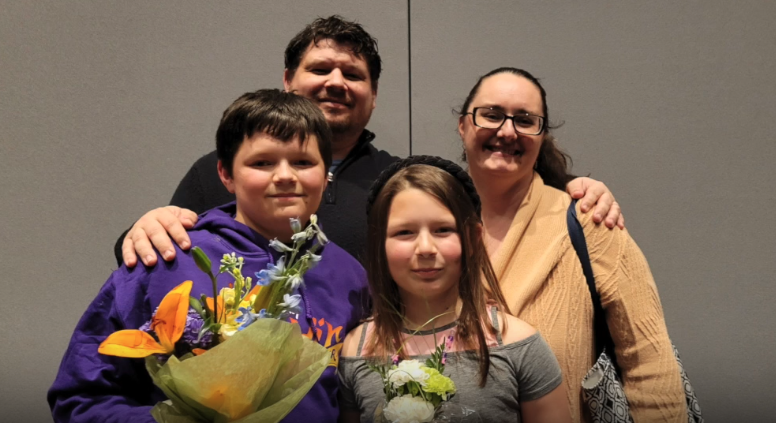(WXYZ) — The United States is experiencing a summer surge in COVID-19 cases driven by new variants.
According to the Centers for Disease Control and Preventiontest positivity rates are up 10 percent. Emergency room visits, hospitalizations and deaths are also on the rise. And while COVID-19 continues to upend people’s lives with new cases, millions of Americans are still battling old COVID-19 cases from the early days of the pandemic, including Sylvan Lake’s Jeffrey Whitmer.
AD
“I know I’m sick, but I don’t look sick and the doctors can’t find anything wrong with me,” Jeff says.
For nearly four years, this has been his reality: a prolonged battle with COVID since the 42-year-old first contracted the virus in late 2020. The initial virus went away, but some symptoms remained.
“I had a lot of symptoms, including heart palpitations, shortness of breath, general aches and pains, intestinal problems,” Jeff says, “but all my tests were normal.”
Nearly four years later, Jeff says the debilitating fatigue still makes it hard for him to get through the day. An architect who works from home, he has to lie down to rest – it’s the only way he can get through the day.
“I take a nap at lunchtime and then I call it a day,” Jeff says. “It’s the only way I can get through the day.”
“Could you have imagined that four years from now you’d still be battling coronavirus symptoms?” I asked him.
“No way,” Jeff replied. “I never even considered that a possibility.”
Sadly, Jeff’s story is not uncommon: Long COVID has affected millions of Americans who, like Jeff, have suffered symptoms for months or even years and who have been searching for answers for just as long.
One of the doctors I spoke with, Dr. Teena Chopra, co-director of the Center for Emerging Infectious Diseases at Wayne State University, told me that we know a lot more about Long COVID than we did just a few years ago.

AD
“The biggest news I want to share with you is that we now have a definition of Long Covid,” Dr Chopra said.
She said initially there was no standardized criteria for long COVID, so the incidence of long COVID varied.
“Different definitions led to different numbers, ranging from 2% to 75%,” Dr Chopra said.
According to the National Academy of SciencesLong COVID is an “infection-associated chronic illness” that occurs after COVID infection lasting at least three months and affects one or more organ systems. It can be persistent, relapsing-remitting, or progressive. This definition allows health care workers to identify and treat more patients. Research suggests that Long COVID is likely associated with an enhanced autoimmune response. Dr. Chopra calls this an important understanding.
“If we can understand the cause, we can develop therapies to treat it and potentially even cure it,” Dr Chopra said.
But until then, long COVID patients like Jeff can only fight to manage their symptoms — and turn to medications for that — but the mental toll is much harder to deal with.


AD
Though his wife and children are understanding, Jeff says he sometimes feels like he’s letting down the people he loves most by not being able to do the things he used to do.
“I didn’t do this. I didn’t choose to do this, but it happened. So how do you accept that in your heart? That can be difficult,” Whitmer said. “It can change your whole world, your whole life.”
Jeff says that if you want to help someone struggling with COVID-19, the best thing you can do is believe them. He says empathy can be so important for someone who is struggling, physically or mentally, just to get through the day.
Dr. Chopra said there’s a lot we still don’t know about Long-Hawley syndrome, but we do know that people who have been vaccinated are less likely to develop Long-Hawley syndrome, and getting vaccinated even after contracting Long-Hawley syndrome could help manage the symptoms of Long-Hawley syndrome.
Where your voice matters
Contact our newsroom
Have a tip, story idea or comment about our coverage? Send us a message. Be sure to include your direct contact information.

